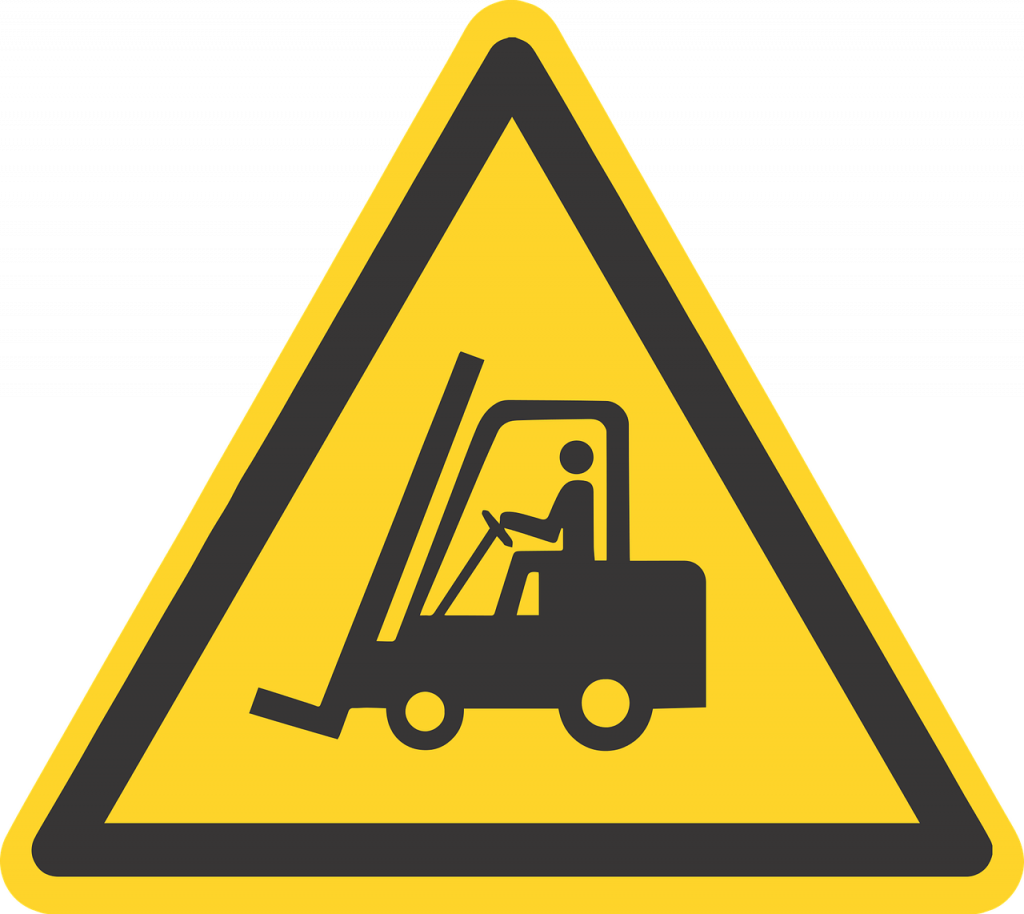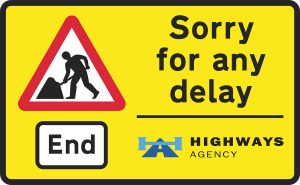Did You Know June is National Safety Month?
With a focus on reducing leading causes of injury and death at home, work and on the road, the National Safety Council has declared June as National Safety Month. With this year’s theme, “No 1 Gets Hurt”, Security Specialists will be providing some handy tips throughout the month that you can put into practice to improve safety in your home or workplace.
This week’s theme focuses on sleep, fatigue and their impact in the business world.
Getting enough sleep is important to every employee to do their job safely. Whether a truck driver, airline pilot, doctor or nurse, worker fatigue can have a significant influence on your workplace financials, business reputation and the safety of fellow employees and customers.
People often make light of how little sleep they get, however; chronic fatigue has become a normal condition for many. In fact, it is estimated that more than 43% of workers are sleep-deprived. Tired individuals are less productive, less focused, have more medical problems, are absent more often and are more likely to be involved in a job-related safety incident. Fatigued worker productivity costs employers $1,200 to $3,100 per employee annually.
When you consider humans can survive longer without food than without sleep then the seriousness of the issue becomes apparent. To prevent the potentially deadly impact of employee fatigue within your workplace, here are 3 quick tips that you should consider incorporating into your corporate safety policies and procedures.
- Change your work environment – fatigue-fighting lighting, ergonomic chairs and desks, anti-fatigue mats and allowing for more frequent rest breaks are a good first step.
- Educate employees on the importance of getting 7 to 9 hours of sleep daily – prepare and distribute informational materials that highlight the importance of sleep. Recommend apps and tools that help employees track the quality and quantity of their sleep.
- Take a second look at current job descriptions and workloads – If productivity is down, take a fresh look at specific job responsibilities and how they have changed over the years. If you see that specific position has additional or unbalanced responsibilities associated with it, consider redesigning the job to include a variety of balanced tasks instead of strictly all physical or all mental.
Taking these small actions could be an important first step in addressing fatigue in your workplace.











